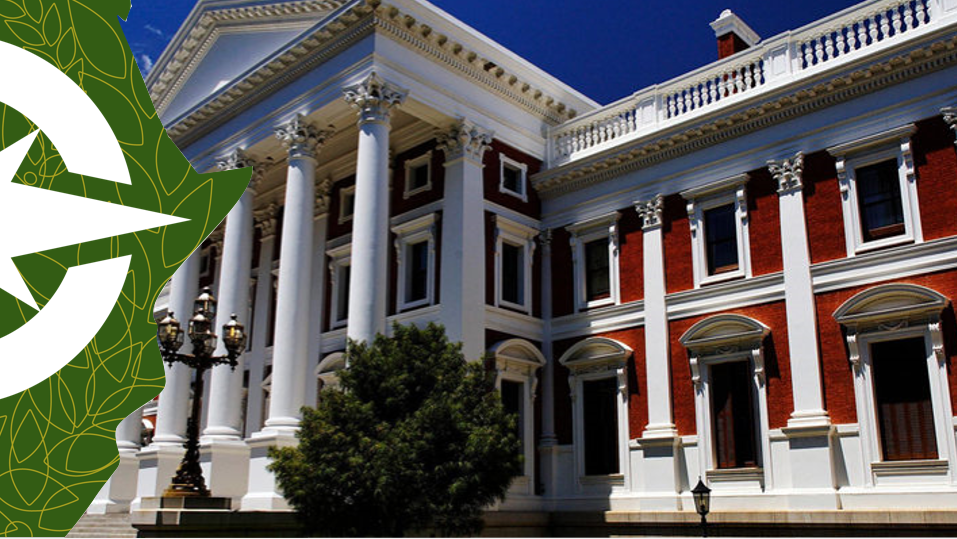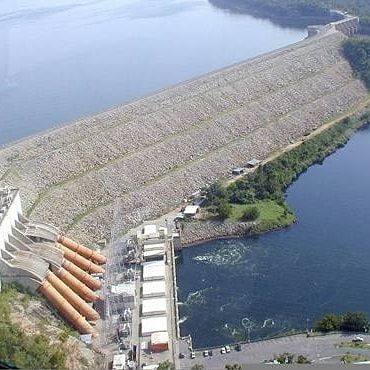
In a 2017-19 research study by Twende Mbele to assess the state of M&E culture in five participating countries which included, Benin, South Africa, Uganda, Kenya and Ghana a question regarding the ‘[timeliness of] information provided to decision-makers’ was asked to more than 462 managers.
According to a respondent, information needed to make key decisions does not make it to them on time and when it does, it is not relevant anymore. This suggested that there was a problem with key evidence being available when needed to make decisions. This and other reasons led Twende Mbele to begin an initiative to look at rapid evaluations to plug this gap.
Rapid evaluations are intended to reduce the costs of evaluation projects and the time they take (DPME, 2020). These are evaluations which can produce a result that can feed into policy and practice quickly, but yet is sufficiently robust to provide good guidance for decision-making.
They address the need to quickly assess policy/programme/strategy/function delivery, and establish the main performance data, with main recommendations for improvements (Hercules, 2019). And they also help to understand and learn from what works, what doesn’t, when and for whom.
The last couple of years has seen the advancement of methods for doing Rapid Evaluations, many African countries have taken up the opportunities to conduct this type of evaluation for quicker results. This blog gives a short insight and update of three Twende Mbele country governments in doing the type of evaluation.

At the start of 2019, Twende Mbele designed a Rapid Evaluation Toolkit to provide a framework to think about rapid evaluations, and example questions, indicators and tools to do rapid evaluations. This toolkit is intended for use by officials in evaluations, research and program delivery working in all spheres of government.
In South Africa, the Department of Planning Monitoring and Evaluation (DPME) introduced a Rapid Evaluation Guideline in May 2020. The guideline was developed collaboratively between the DPME, the Western Cape Department of the Premier (DoTP) and the Twende Mbele. The Guideline is an introduction to doing rapid evaluations, either conducted internally or externally. It was designed to provide guidance for implementing rapid evaluations in a government context.
Borrowing from the South African Rapid Evaluation Guideline, Benin adapted the guidelines to its existing national guidelines. A training of National Evaluation System (NES) actors took place in June 2020, with the aim of developing the capacities of national actors in this new form of evaluation for use in the event of an emergency, or as part of a preliminary analysis to help determine priorities, identify emerging problems and trends, and enable decision-making to support adjustments to an intervention. With that said, the Bureau of Evaluation of Public policy and Analysis of Government Action BEPPAAG will be undertaking a Rapid Evaluation of the recent effects of COVID-19 on the informal sector.

In Ghana, the Ministry of Monitoring & Evaluation conducted their first rapid evaluation with IDInsight in 2019. This was the Rapid Evaluation of the One Village One Dam (1V1D) project, an intervention which seeks to increase access to reliable source of water for livestock watering, domestic activities and dry season farming as a means of contributing to poverty eradication and addressing the various forms of inequalities with particular emphasis on rural and deprived communities.
The aim of the Rapid Evaluation was to assess the progress of implementation, emerging outcomes and potential impacts of the 1V1D intervention. It also sought to document emerging issues and challenges that will require immediate attention of the Cabinet, Ministry for Special Development Initiative (MSDI) and other stakeholders.
For critical decision-making, Rapid Evaluation have been used in response to unplanned or planned actions by governments for urgent information needs. Inevitably, there is a trade-off for one to use Rapid Evaluation instead of more rigorous evaluation in the public sector. While there is potential for a greater use of findings when they are timely, a longer evaluation allows for more data points, deeper investigation of the literature, etc.
 CreativeBox
CreativeBox
